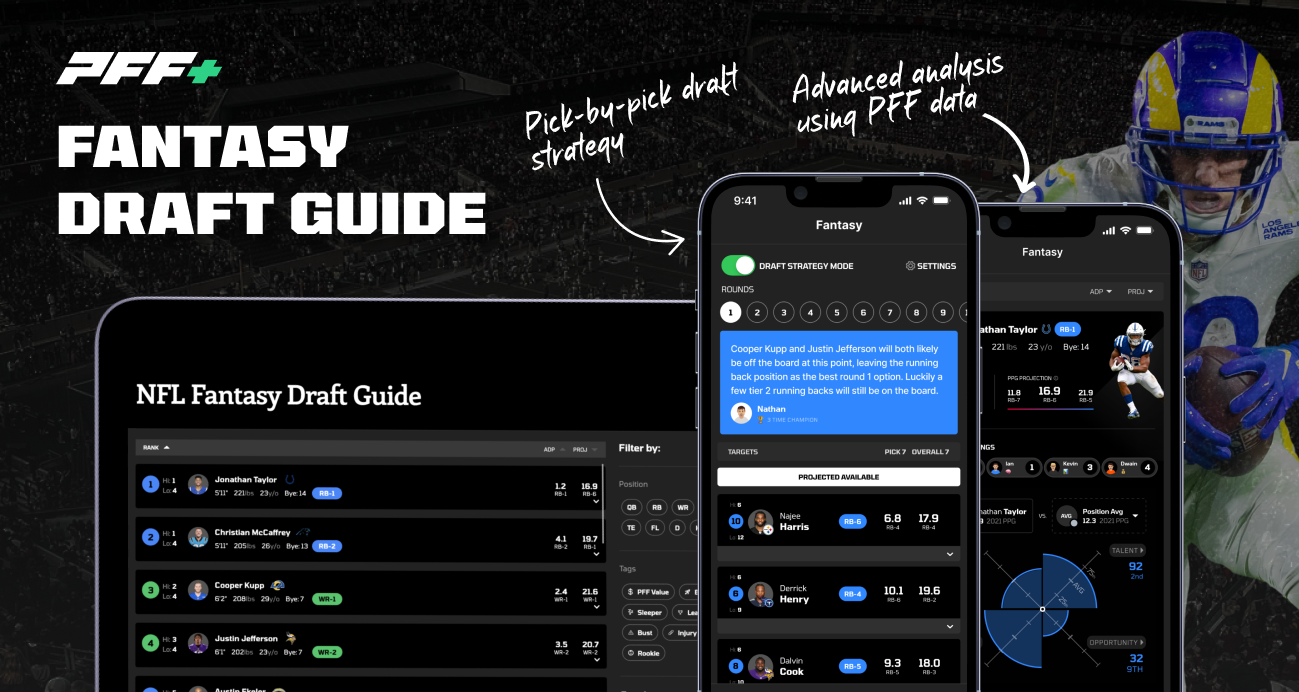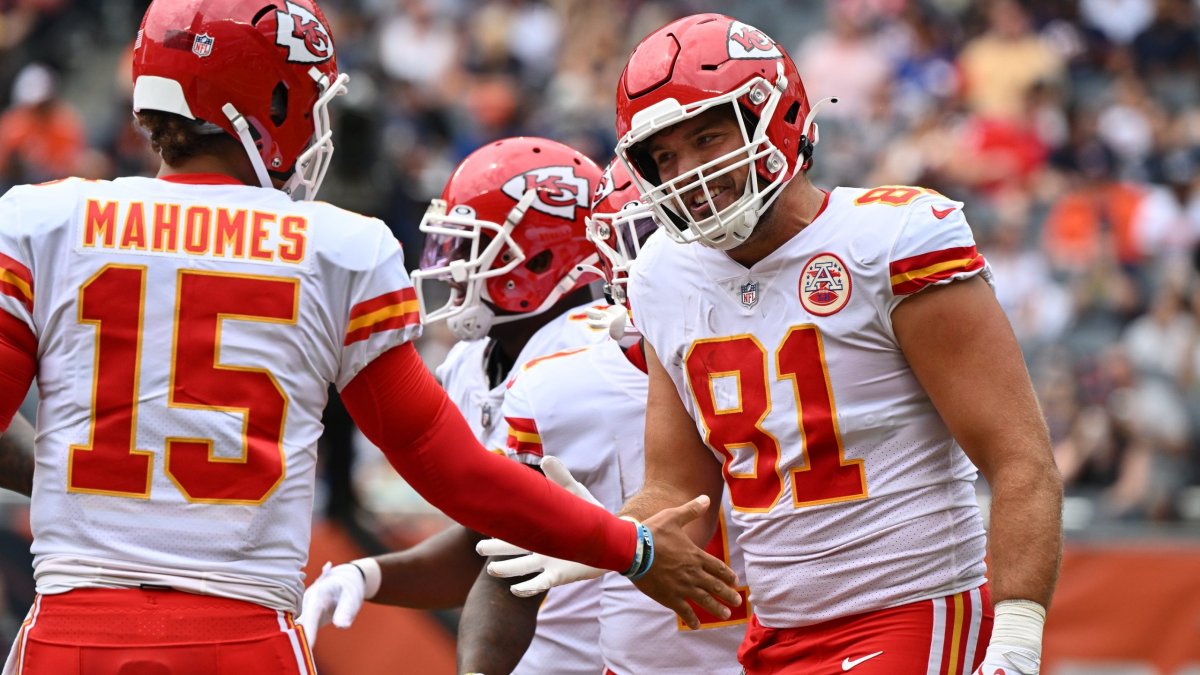• The starters played only 11 snaps, but there was a clear increase in formations with a “heavy” body compared to last season.
• Those 11 snaps featured a fullback four times and an extra tight end four times. In all, 72.7% of the snaps featured an extra “heavy” body in the formation compared to just 24.4% in the 2021 regular season.
• Tyreek Hill's departure via trade to the Miami Dolphins this offseason is the biggest catalyst for any offensive changes.
The Kansas City Chiefs may have shown us in 11 preseason snaps last week how they plan to fight back against NFL defenses in 2022.
Tyreek Hill being traded away was the big story of the team’s offseason, but the background context to all of their moves is how the offense plans to adjust to the massive increase in two-high safety looks it saw last season. Those coverages caused problems for the Chiefs — relative to their own high standards — and how they respond will be a compelling storyline to watch as we enter the regular season.
Quarterback Patrick Mahomes and the first-team offense played 11 snaps against the Chicago Bears in their preseason opener and showed something very different from what we have come to expect.
Those 11 snaps featured a fullback four times and an extra tight end four times. In all, 72.7% of the snaps featured an extra “heavy” body in the formation. Last season, that number was just 24.4% over the season, and the Chiefs ran 11 personnel (one back, one tight end) 67.6% of the time, the eighth-most in the league.

Last season, no offense in football saw more plays against split-safety looks than the Chiefs. The league adjusted to the most explosive offense in the game by trying to limit the damage of the Mahomes to Hill deep threat, forcing Kansas City to be more patient to score points. The Chiefs were still productive, fielding the top offense in expected points added (EPA) per play including the playoffs, but they turned the ball over eight more times than the previous season and were significantly more mistake-prone.
Hill’s average depth of target dropped from 12.9 yards to 10.6 as teams forced the Kansas City offense into more horizontal modes of attack from the vertical areas that had been so successful.
Trading Hill away was a complicated decision, but there have been at least suggestions that a side effect will be forcing Mahomes to embrace that horizontal mode of attack, and spreading the ball around to take advantage of where the space is on those coverage looks they are being shown so much of.
What we saw in the preseason is that the Chiefs might be attempting to reclaim the initiative and dictate the defense again, but in a different way. With the exception of the low red zone, where safety alignment gets complicated by the restricted space and the proximity of the goal line, every time the Chiefs lined up with an extra back or tight end, the Bears had just a single-high free safety. The offense was even able to attack the coverage roll to that single-high look to manufacture a deep shot up the seam.
Conversely, the three snaps of 11 personnel they ran saw them face multiple deep safeties on two of the three plays.
Kansas City deploying heavier formations can effectively force teams out of the coverage shells that gave them problems last season. The threat of that formation being able to run the ball — itself a counter to the two-high coverage shells — can scare defenses.
We know that passing the ball is generally more efficient than running it, and so the conversation around how the Chiefs adjust to a life without Hill at receiver and all of the coverages they saw last season has tended to focus on passing the ball shorter, but keeping that extra safety back in coverage also opens up the run game.
With an extra body deep, fewer players are in the box or around the line of scrimmage, and running the football is easier. Increasing the volume of rush attempts against favorable looks is one counter the Chiefs' offense could adopt, but that plays into what the defense is trying to bring about. There are few bigger wins for a defense than forcing one of the most explosive passing offenses in league history to run the ball more often.
So instead, the Chiefs may look to force teams out of those coverage shells by personnel and alignment rather than the plays they call, banking on that passing the ball out of running formations is more effective than running the ball out of passing formations.
When the Chiefs ran those heavy formations last season, they still had the second-best offense in the NFL in terms of EPA per play, trailing only the Philadelphia Eagles, who could deploy the rushing threat of Jalen Hurts.
Of course, it was just the first game of preseason, and we're focusing only on the 11 snaps the first team offense played. It could mean absolutely nothing beyond the team wanting to get a few snaps with an unusual personnel package. But if it means more than that, the Chiefs could be going on the attack again schematically, forcing NFL defenses to adjust to what they want to do — not vice versa.



 © 2025 PFF - all rights reserved.
© 2025 PFF - all rights reserved.